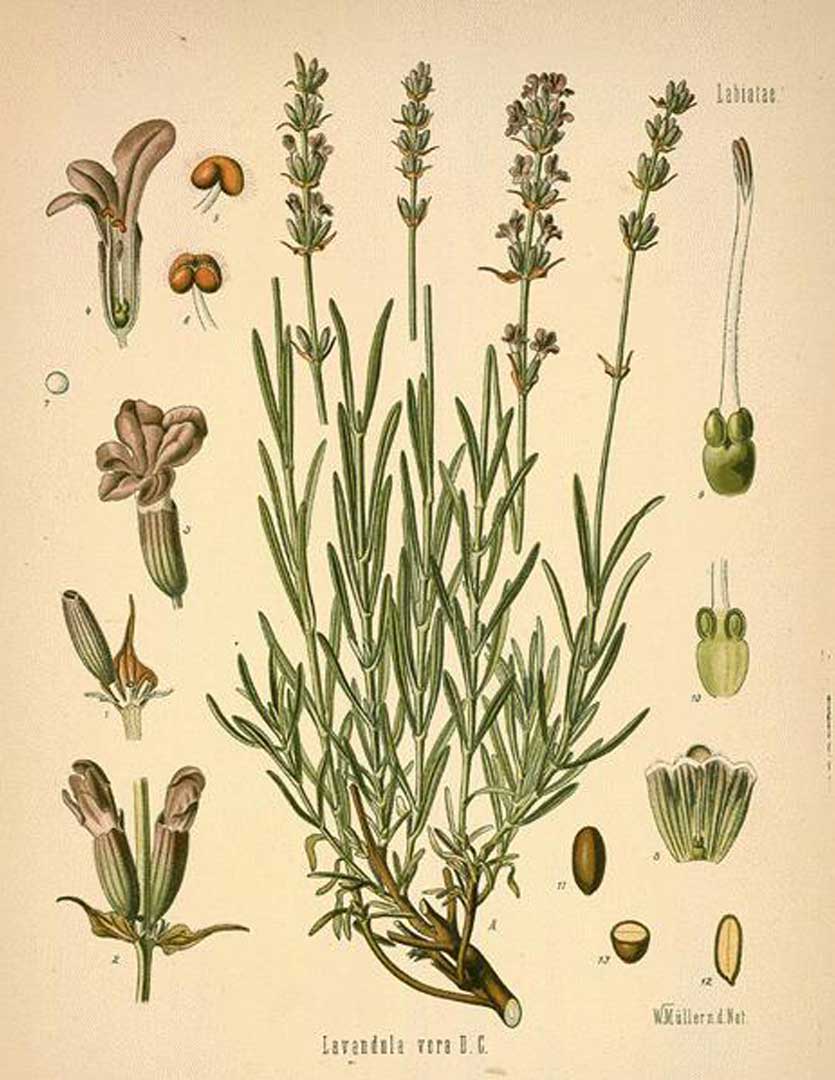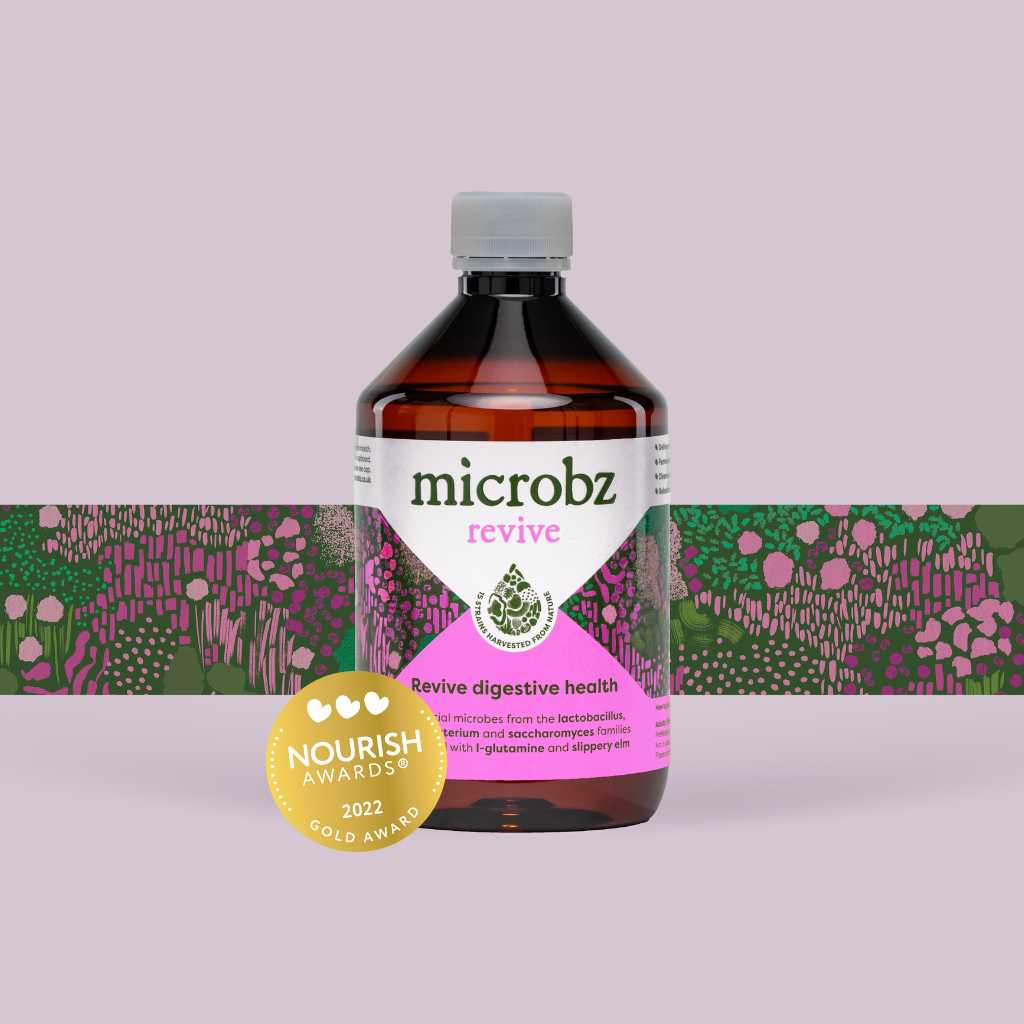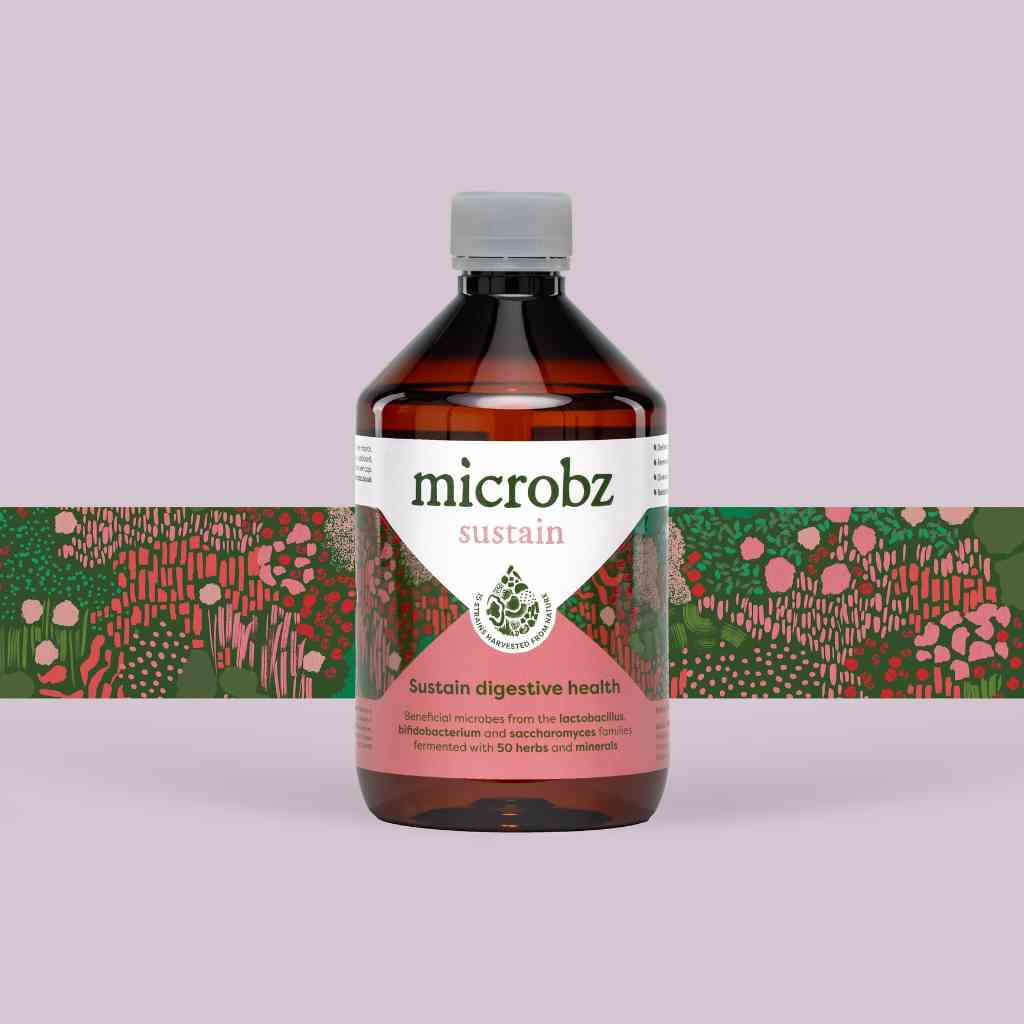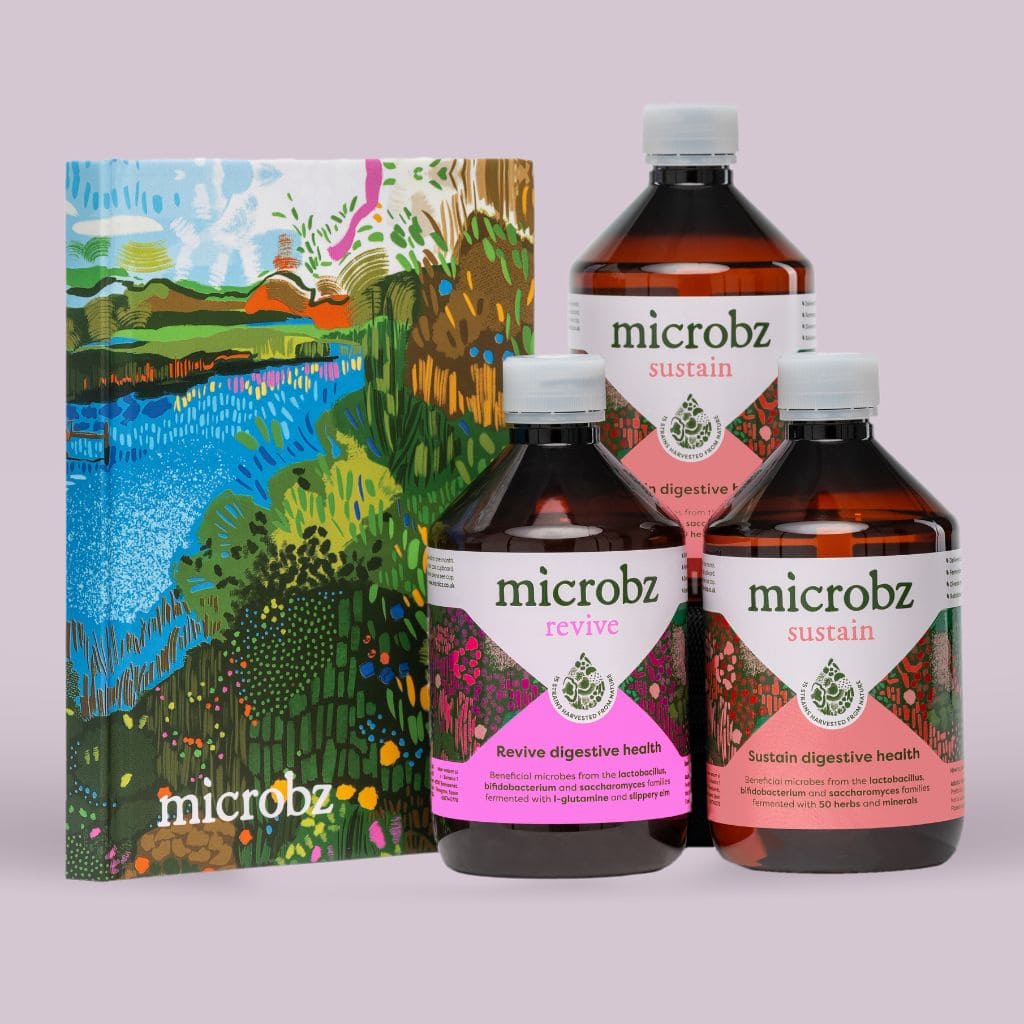History
Parts used:
Flowers.
Constituents (bio available chemicals):
Volatile oil 0.5-1% containing linalyl acetate with linalool, lavandulyl acetate, borneol, camphor, limonene, cadinene, caryophyllene, 4-butanolide, 5-pentyl-5-pentanolide. Coumarins including Umbelliferone, herniarin and coumarin. Miscellaneous: triterpenes e.g. ursolic acid, flavoniods e.g. luteolin.
Nutritional constituents:
Indications:
Colic, digestive weakness, headaches, stress, depression, menopausal symptoms, insomnia. Topically: The oil may be used as a stimulating liniment to ease the aches and pains of rheumatism.
Dosage:
Liquid extract (1:1): 15-40ml per week. Decoction: 1-4g 3 x daily.
British Herbal Pharmacopoeia
Cautions for therapeutic doses
Topically can caused dermatitis.




